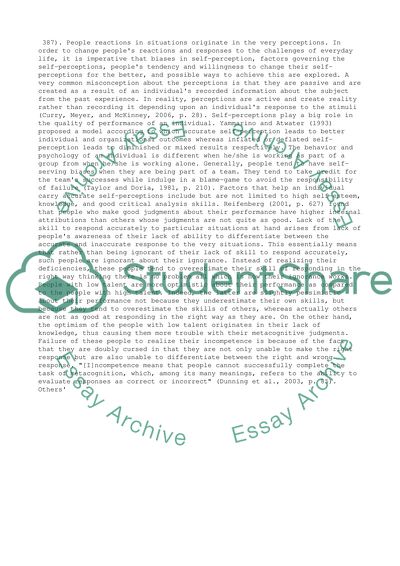Cite this document
(“Common Biases in Self-perception Essay Example | Topics and Well Written Essays - 1000 words”, n.d.)
Common Biases in Self-perception Essay Example | Topics and Well Written Essays - 1000 words. Retrieved from https://studentshare.org/management/1455796-identify-and-explain-the-common-biases-in-self
Common Biases in Self-perception Essay Example | Topics and Well Written Essays - 1000 words. Retrieved from https://studentshare.org/management/1455796-identify-and-explain-the-common-biases-in-self
(Common Biases in Self-Perception Essay Example | Topics and Well Written Essays - 1000 Words)
Common Biases in Self-Perception Essay Example | Topics and Well Written Essays - 1000 Words. https://studentshare.org/management/1455796-identify-and-explain-the-common-biases-in-self.
Common Biases in Self-Perception Essay Example | Topics and Well Written Essays - 1000 Words. https://studentshare.org/management/1455796-identify-and-explain-the-common-biases-in-self.
“Common Biases in Self-Perception Essay Example | Topics and Well Written Essays - 1000 Words”, n.d. https://studentshare.org/management/1455796-identify-and-explain-the-common-biases-in-self.


